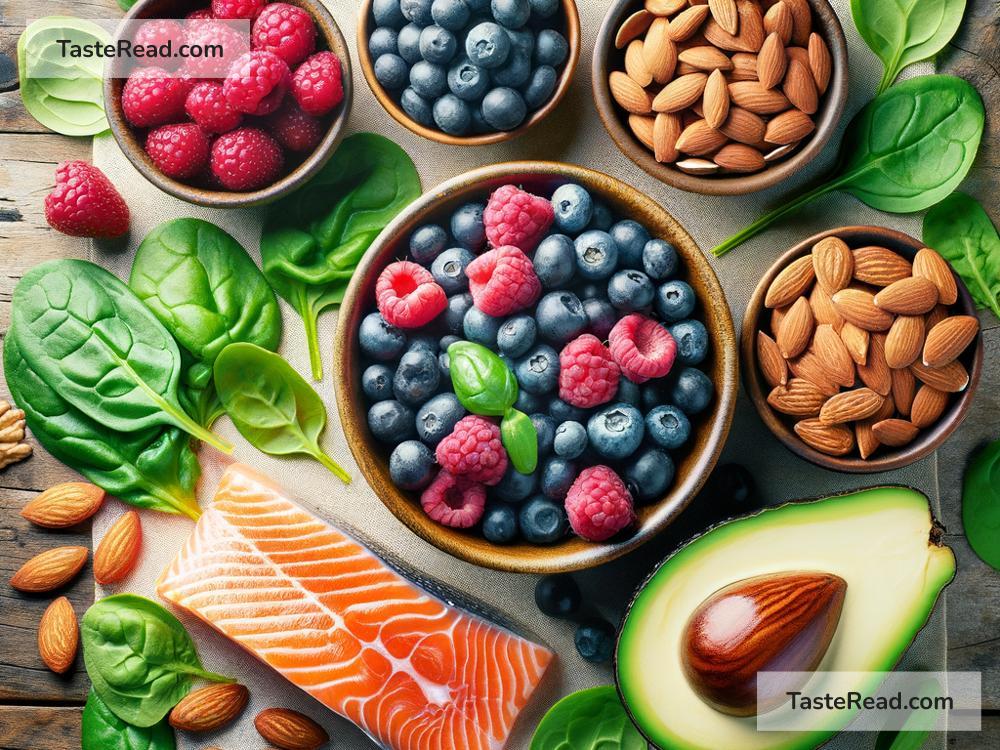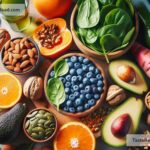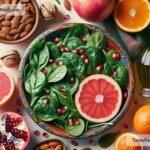Foods That Support Plasma Health: Nourish Your Inner Life Force
Have you ever wondered what keeps your blood flowing smoothly, delivering oxygen and nutrients to every cell in your body? While we often talk about the heart, plasma deserves its moment in the spotlight. Plasma is the liquid part of your blood, carrying essential substances such as water, salts, enzymes, hormones, and nutrients. It serves as the highway for your immune system, helping you fight infections and maintain overall health. To keep your plasma working at its best, a healthy diet is key.
Here’s the good news: plasma health isn’t hard to maintain if you know which foods to eat. By including specific nourishing foods in your daily meals, you can ensure your plasma is a powerhouse of vitality and strength. Let’s explore the best foods to support plasma health, explained simply.
1. Hydrating Foods: Watermelon and Cucumber
Plasma is 90% water, which means staying hydrated is critical. But water isn’t the only way to hydrate—foods that are rich in water content can help too. Watermelon and cucumber are excellent choices because they’re full of water, electrolytes (like potassium), and vitamins that help your plasma stay fluid and efficient. Eating hydrating foods supports blood circulation and prevents your plasma from thickening, ensuring smooth transportation of nutrients.
2. Iron-Rich Foods: Spinach and Lentils
Plasma plays an important role in blood oxygenation. Iron is needed for the production of hemoglobin, which allows red blood cells to carry oxygen. Spinach, lentils, and other iron-rich foods provide your body with the necessary mineral to keep your plasma performing its oxygen-carrying function effectively. If you don’t consume enough iron, your plasma may struggle to keep your energy levels up, and you may feel tired or weak.
3. Omega-3 Fatty Acids: Salmon and Walnuts
To keep your plasma flowing freely, healthy fats are essential. Omega-3 fatty acids, found in salmon, walnuts, flaxseeds, and chia seeds, reduce inflammation and improve blood circulation. Good blood flow is essential for delivering nutrients to your organs and removing waste products efficiently. Adding omega-3-rich foods to your diet can keep your plasma in tip-top shape while also benefiting your heart and brain.
4. Antioxidant Powerhouses: Berries and Green Tea
Your plasma is exposed to toxins and stress daily, and antioxidants act as protective shields. Blueberries, strawberries, and blackberries are packed with antioxidants that fight free radicals—unstable molecules that can damage your cells. Green tea also contains powerful compounds like catechins, which help prevent cell damage and promote plasma health. These foods keep your blood vessels healthy and ensure your plasma can function optimally.
5. Protein for Repair: Eggs and Chickpeas
Plasma contains proteins like albumin, fibrinogen, and globulin, which are vital for repairing tissues, supporting immunity, and maintaining blood thickness. To help your plasma proteins stay balanced, include protein-rich foods such as eggs, chickpeas, lean meat, and tofu in your diet. Eating enough protein helps your body heal from injuries and stay strong when fighting off illnesses.
6. Vitamin C-Rich Foods: Oranges and Bell Peppers
Vitamin C is known for boosting immunity, but did you know it also supports your plasma? This essential vitamin helps improve iron absorption, strengthening your blood’s oxygen-carrying capacity. Oranges, strawberries, kiwi, and bell peppers are all high in vitamin C and can enhance your plasma’s health, keeping you energized and vibrant throughout the day.
7. Magnesium-Rich Foods: Almonds and Dark Chocolate
Magnesium is vital for keeping your blood pressure under control, which directly impacts plasma health. When your blood pressure is stable, plasma can flow smoothly through your veins. Almonds, spinach, avocado, and even a piece of dark chocolate are great sources of magnesium. Adding these foods to your diet supports heart health and promotes plasma efficiency.
8. Whole Grains: Oats and Quinoa
Whole grains, such as oats and quinoa, contain complex carbohydrates and fiber that regulate blood sugar levels. Stable blood sugar helps your plasma handle glucose efficiently, reducing the risk of damage to your blood vessels. Opt for whole grains instead of refined flour products to keep your plasma in peak condition.
9. Garlic: Nature’s Detoxifier
Garlic may be small, but it packs a punch. It’s known to improve circulation, reduce inflammation, and detoxify the bloodstream. Allicin, a compound in garlic, helps keep your blood vessels flexible and prevents thickening of plasma. Incorporating garlic into your cooking is an easy way to boost your plasma health naturally.
10. Probiotic Foods: Yogurt and Sauerkraut
A healthy gut means healthy plasma. Your plasma depends on nutrients absorbed from the gut, and probiotic foods such as yogurt, kimchi, and sauerkraut can improve digestion and nutrient absorption. A balanced gut microbiome helps keep your immune system strong, giving your plasma all the tools it needs to keep you thriving.
A Final Word
Plasma health is a cornerstone of overall well-being. By eating a balanced and nutrient-rich diet, you can nourish your plasma and ensure your body functions smoothly. Drink plenty of fluids, and focus on foods like fruits, vegetables, protein sources, and healthy fats that work together to boost circulation, immunity, and vitality. Start making small changes in your meals today, and your plasma—and your body—will thank you!


